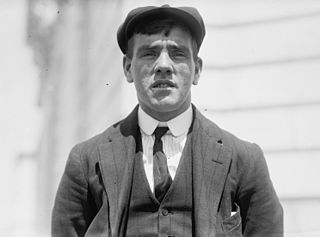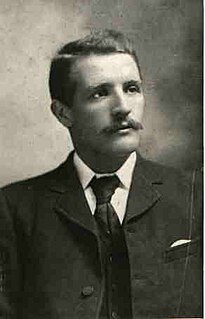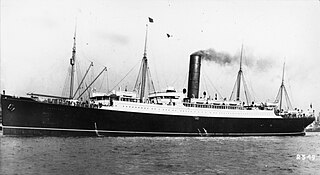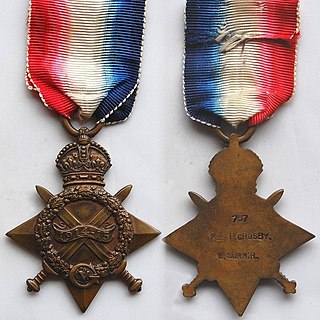This article or section contains close paraphrasing of a non-free copyrighted source, https://www.encyclopedia-titanica.org/titanic-survivor/alfred-frank-evans.html .(December 2018) (Learn how and when to remove this template message) |
This article is being considered for deletion in accordance with Wikipedia's deletion policy. |
Alfred Frank Evans | |
|---|---|
 Alfred Evans aged 19, 1906. | |
| Born | 3 February 1887 |
| Died | 1 February 1964 (aged 76) Southampton, England, UK |
| Occupation | Seaman, Sailor |
| Known for | Titanic survivor |
Alfred Frank Evans (3 February 1887 – 1 February 1964) was a British sailor who worked as a lookout on board the ill-fated RMS Titanic. Evans was 25 at the time of the sinking of the ship. He, along with Fireman Frank Dymond, was put in charge of lifeboat 15, which was lowered away at around 1:40am.

The British people, or the Britons, are the citizens of the United Kingdom of Great Britain and Northern Ireland, the British Overseas Territories, and the Crown dependencies. British nationality law governs modern British citizenship and nationality, which can be acquired, for instance, by descent from British nationals. When used in a historical context, "British" or "Britons" can refer to the Celtic Britons, the indigenous inhabitants of Great Britain and Brittany, whose surviving members are the modern Welsh people, Cornish people, and Bretons. It may also refer to citizens of the former British Empire.
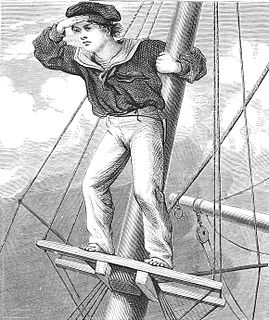
A lookout or look-out is a person on a ship in charge of the observation of the sea for hazards, other ships, land, etc. Lookouts report anything they see and or hear. When reporting contacts, lookouts give information such as, bearing of the object, which way the object is headed, target angles and position angles and what the contact is. Lookouts should be thoroughly familiar with the various types of distress signals they may encounter at sea.
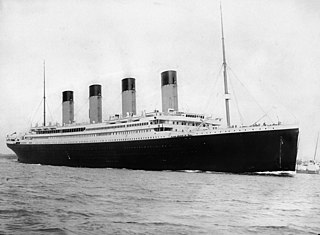
RMS Titanic was a British passenger liner that sank in the North Atlantic Ocean in 1912, after colliding with an iceberg during her maiden voyage from Southampton to New York City. Of the estimated 2,224 passengers and crew aboard, more than 1,500 died, making it one of modern history's deadliest commercial marine disasters during peacetime. RMS Titanic was the largest ship afloat at the time she entered service and was the second of three Olympic-class ocean liners operated by the White Star Line. She was built by the Harland and Wolff shipyard in Belfast. Thomas Andrews, chief naval architect of the shipyard at the time, died in the disaster.




